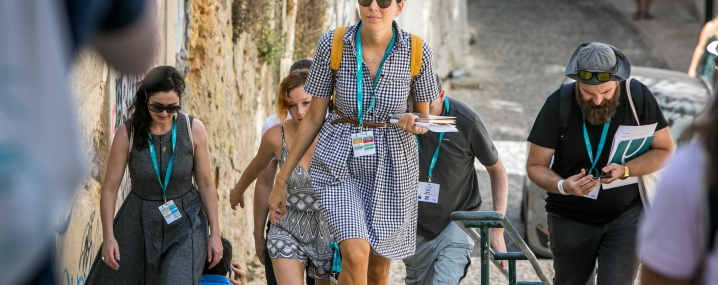Vantaa
The multicultural programme of the City of Vantaa was designed in 2002 and includes the integration programme for the city. This year we have been working on the evaluation of programme. We have an Advisory Commettee for Multicultural Affairs that is represented by local politicians (many with migrant background) and the comittee is headed by the representative of the biggest political group: the social democrats.
Vantaa is a member of Eurocities and we have also been very actively participating in the Urbact Programme I, UDIEX ALEP and also now the Urbact II programme MILE (Managing migration ant integration at local level). As part of the metropoli area of the Helsinki capital Vantaa is mainly suburban and we consider urban development and regeneration highly important. Our city faces many urban problems for example our unemployment rate is still comparatively very high. In this context the possibility to network with other European cities and learn from each other is very very important. And in migrant issues many European cities have long experience and know how to share.
Even if the phenomenon of migration is more recent than other European countries the rapidity of its growth and the dimension of its development are addressing regional and local policies towards integrated policies aiming at offering equal access to all services (equally available for all residents) and, in parallel maintaining a specific attention to new comers who are no longer representing the main problem in terms of integration and inclusion within the social and economic life of the area.
SOME RELATED NETWORKS
ARRIVAL CITIES
MILE
Article



